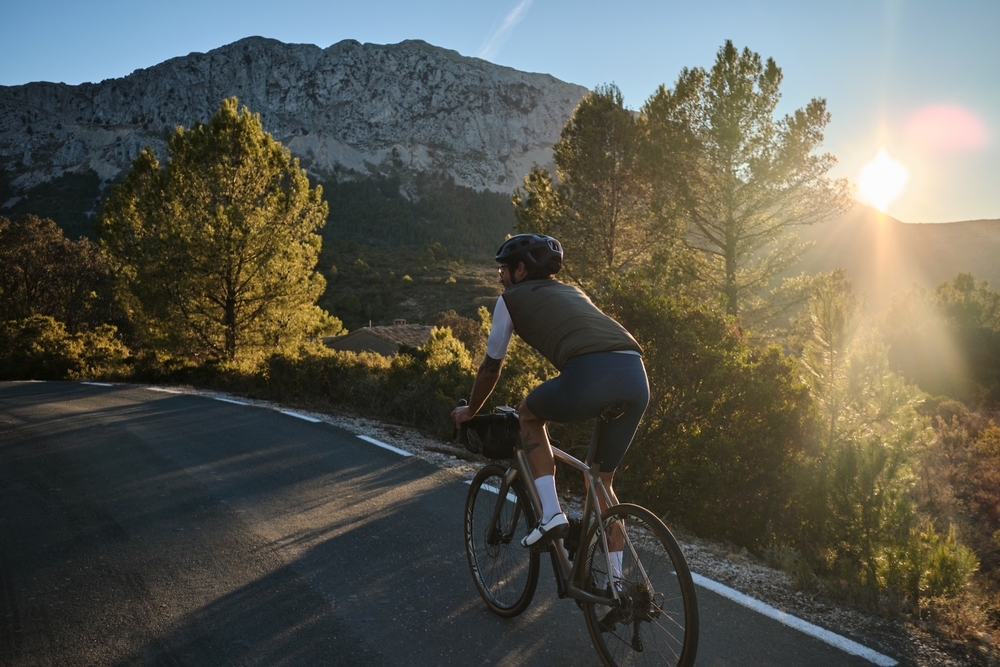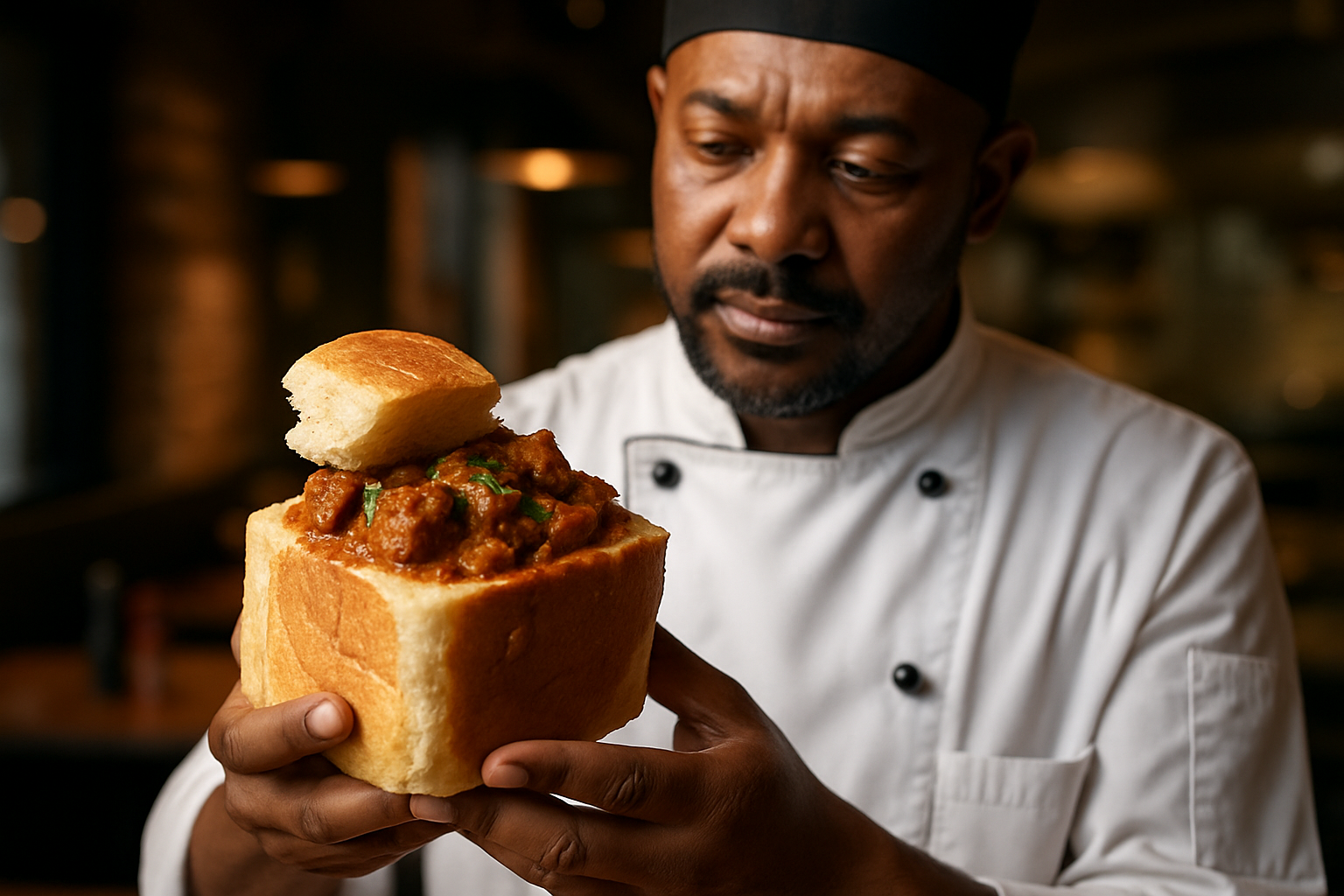Exploring the World of Culinary Cycling Tours
A fusion of gastronomic delights and two-wheeled adventures, culinary cycling tours are emerging as the latest trend in experiential travel. This unique blend of physical activity and epicurean exploration offers travelers a fresh perspective on regional cuisines, local cultures, and picturesque landscapes. As more wanderers seek immersive experiences that engage all their senses, these tours provide a perfect balance of indulgence and active exploration.

Initially, these tours were primarily concentrated in regions known for their culinary heritage, such as Tuscany in Italy or the Loire Valley in France. However, as the concept gained traction, it spread to diverse destinations worldwide, each offering its unique flavor profile and cycling terrain.
The Appeal of Pedal-Powered Gastronomy
Culinary cycling tours offer a multifaceted appeal that resonates with modern travelers. For food enthusiasts, these journeys provide an opportunity to delve deep into regional cuisines, meeting local producers, and learning about traditional cooking methods. The slower pace of cycling allows for a more intimate connection with the landscape, fostering a greater appreciation for the terroir that influences local flavors.
Fitness-minded travelers appreciate the balance between indulgence and activity. Cycling between meals not only helps burn calories but also stimulates appetite, allowing participants to fully enjoy the culinary experiences without guilt. The physical activity also enhances the sensory experience, as the exertion and fresh air can heighten taste perceptions.
Destinations Embracing the Trend
While traditional food destinations continue to be popular for culinary cycling, many unexpected locales are now offering their own unique takes on the concept. In Southeast Asia, tours through Vietnam combine rides through lush rice paddies with lessons in preparing pho and banh mi. New Zealand’s South Island offers routes that pair wine tasting with scenic coastal rides.
In Europe, lesser-known regions are gaining attention. The Alentejo region of Portugal, for instance, is becoming a hotspot for culinary cyclists attracted by its rolling hills, cork forests, and hearty, rustic cuisine. Similarly, Slovenia’s Julian Alps provide a backdrop for tours that combine Alpine scenery with influences from Italian, Austrian, and Balkan cuisines.
Planning and Preparing for a Culinary Cycling Adventure
Embarking on a culinary cycling tour requires some preparation, both in terms of physical fitness and expectations. While many tours cater to a range of fitness levels, having a basic level of cycling endurance is beneficial. Most operators provide detailed information about daily distances and terrain, allowing travelers to choose a tour that matches their abilities.
Equipment is typically provided by tour operators, including bikes suitable for the terrain. However, bringing personal items like cycling shorts, gloves, and a comfortable helmet can enhance the experience. It’s also wise to pack clothing that’s appropriate for both cycling and dining, as many tours include stops at upscale restaurants.
The Future of Food and Fitness Travel
As the travel industry continues to evolve, culinary cycling tours represent a broader trend towards more immersive, multifaceted experiences. This niche is likely to expand further, with tours incorporating elements like cooking classes, market visits, and meetings with renowned chefs alongside the cycling components.
Technological advancements are also shaping the future of these tours. Some operators are beginning to offer GPS-guided self-led tours, allowing for more flexibility and personalization. Virtual reality previews of routes and culinary experiences are another innovation on the horizon, helping travelers choose the perfect tour for their interests and abilities.
Savoring the Journey: Tips for Culinary Cyclists
- Pace yourself: Both in cycling and eating. It’s a marathon, not a sprint.
- Learn local etiquette: Understanding dining customs enhances the cultural experience.
- Document your journey: A food diary or photo journal can be a delightful souvenir.
- Stay hydrated: Cycling in warm climates requires extra attention to fluid intake.
- Engage with locals: Some of the best culinary discoveries come from conversations with residents.
Culinary cycling tours offer a unique way to explore the world, combining the joys of active travel with the pleasures of gastronomic discovery. As this trend continues to grow, it promises to open up new destinations and experiences for travelers seeking to engage all their senses. Whether pedaling through vineyards, coastal roads, or mountain passes, these tours provide a rich, multifaceted journey that nourishes both body and soul.





